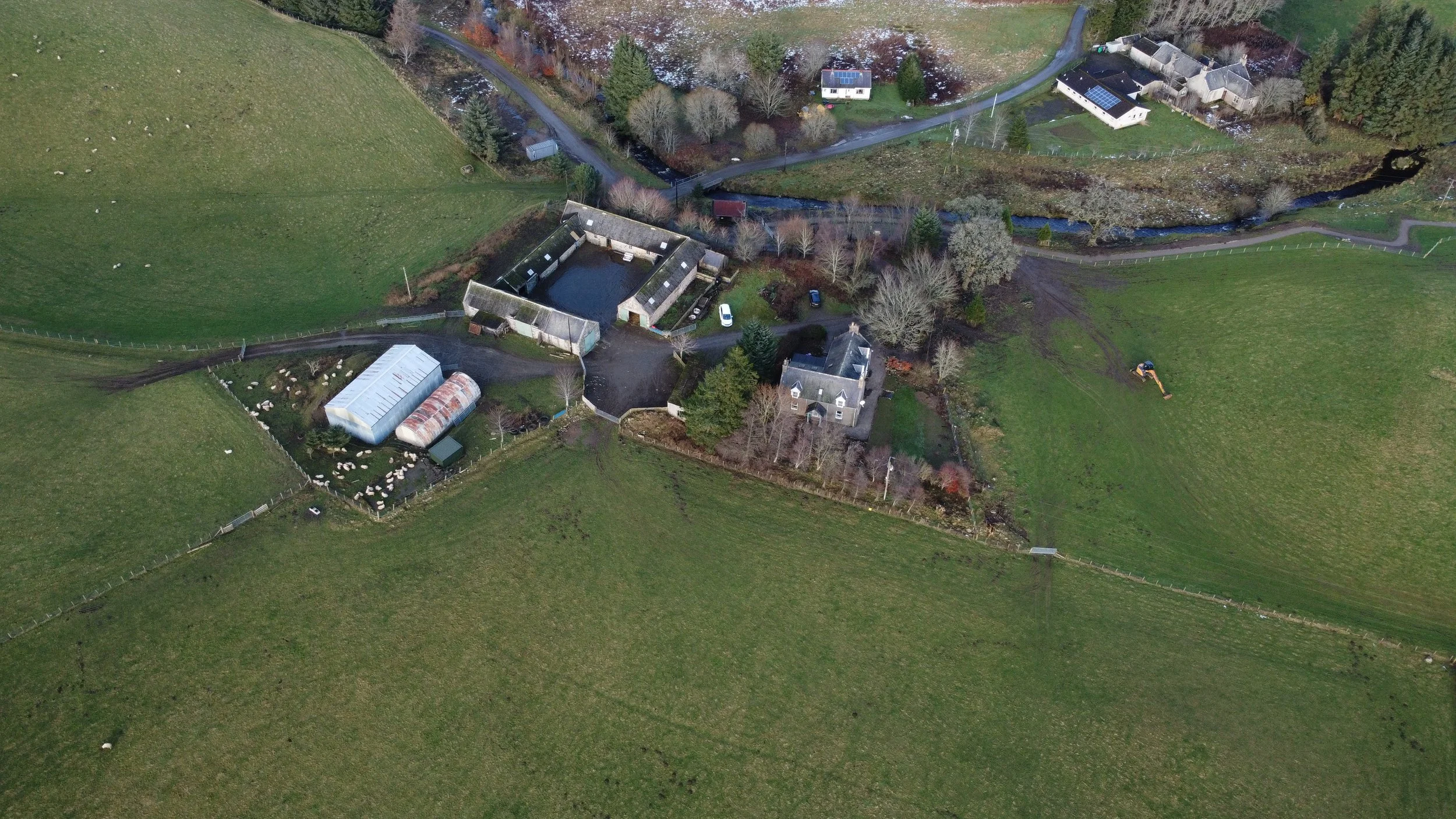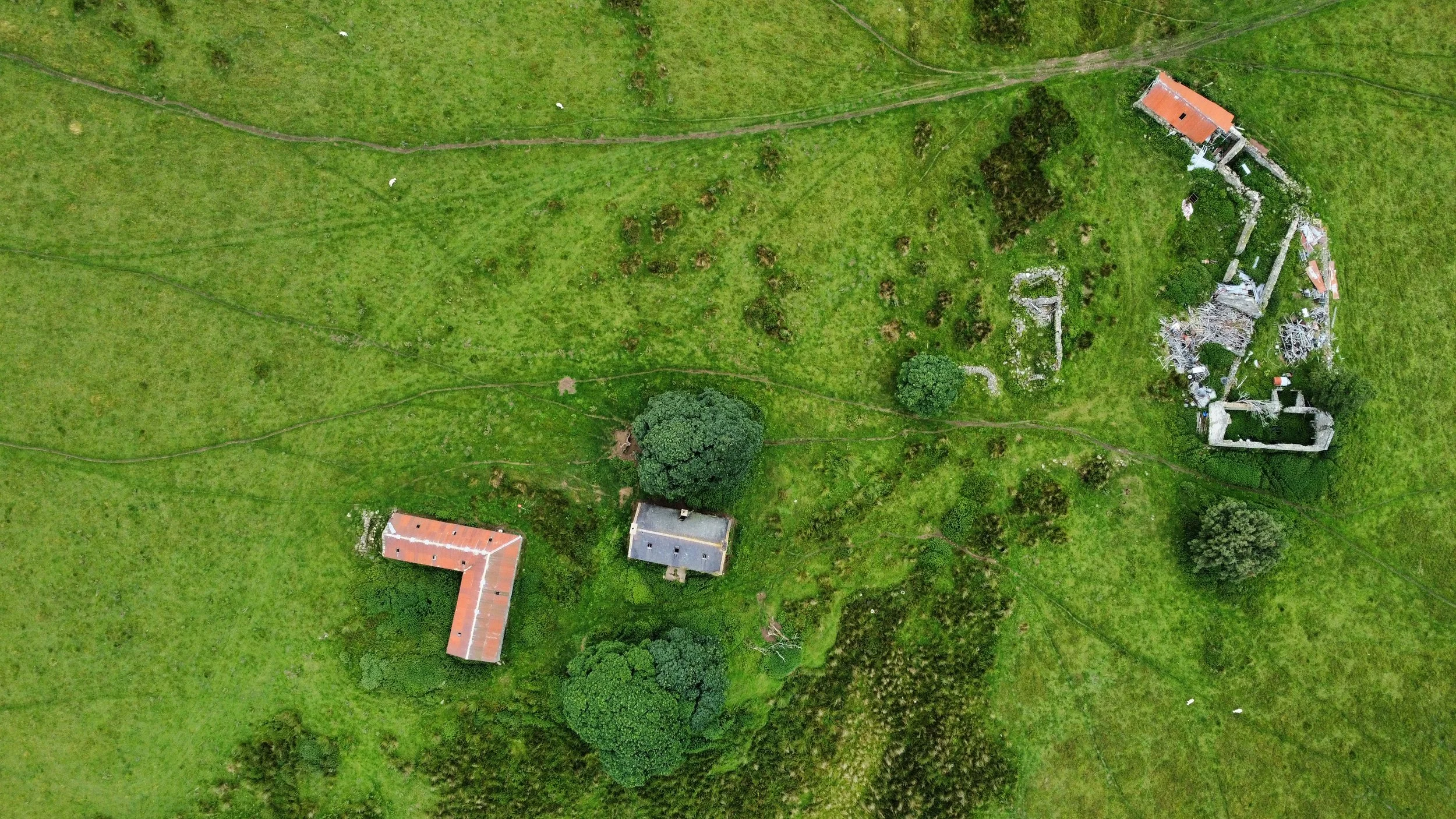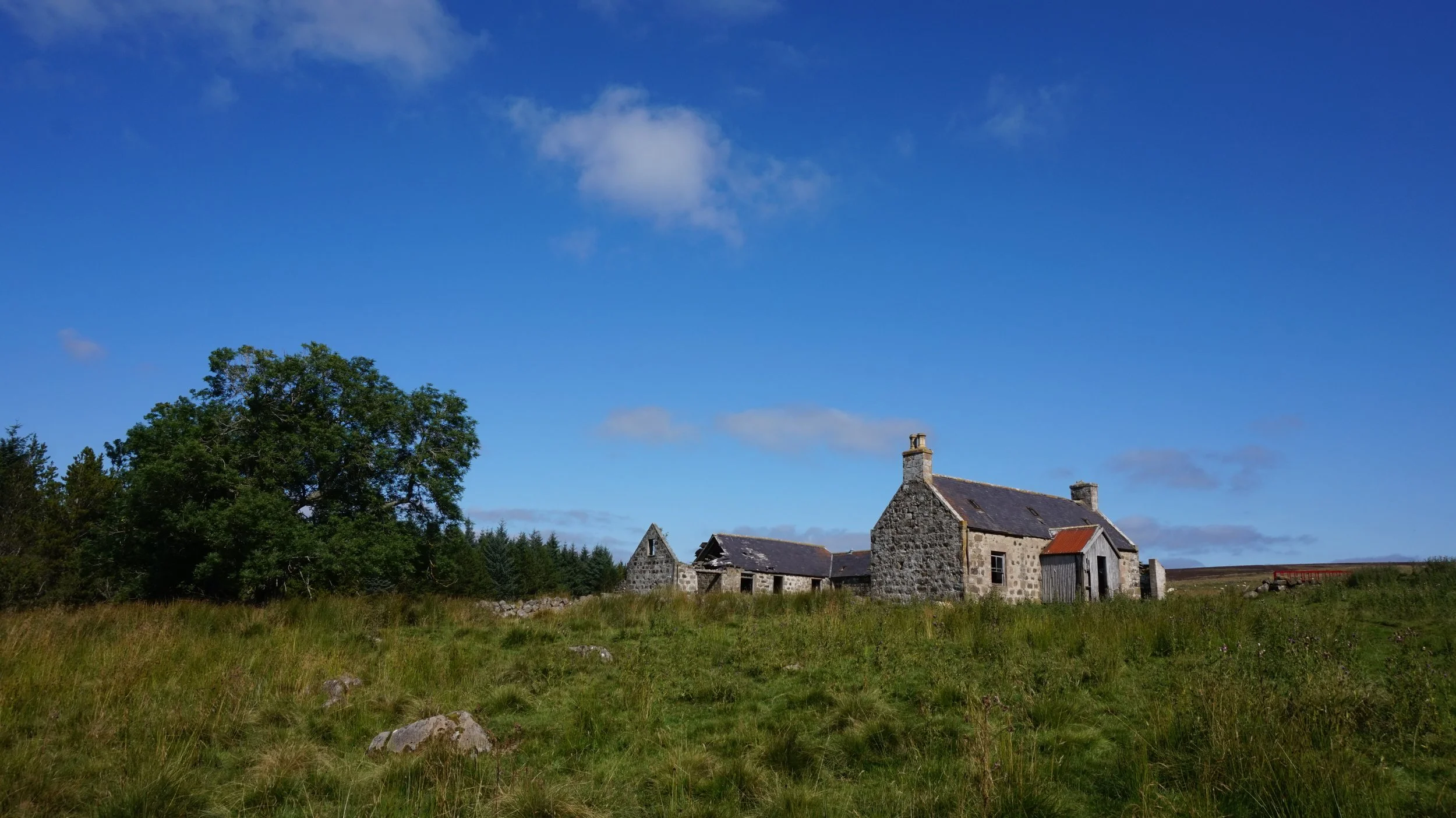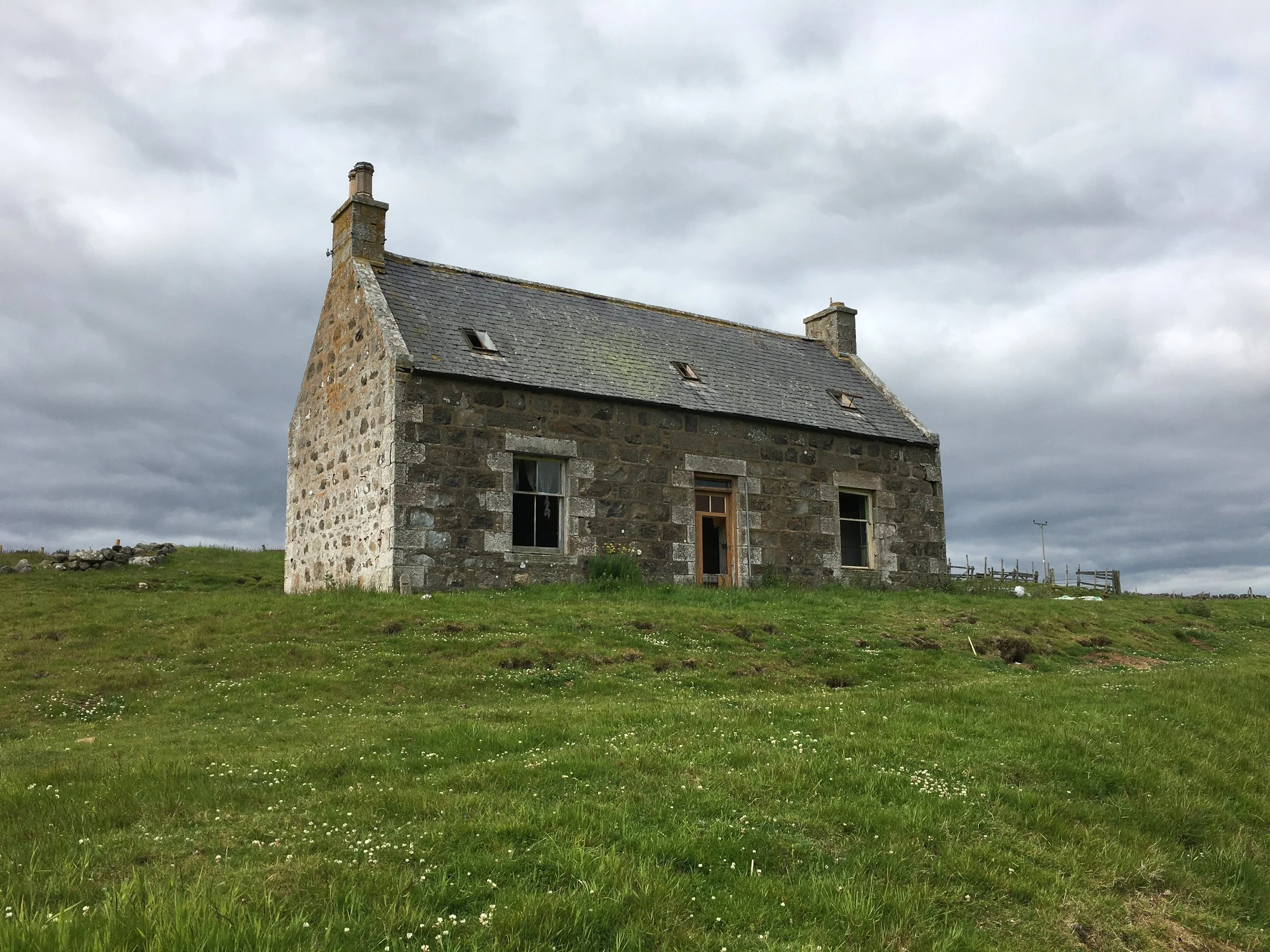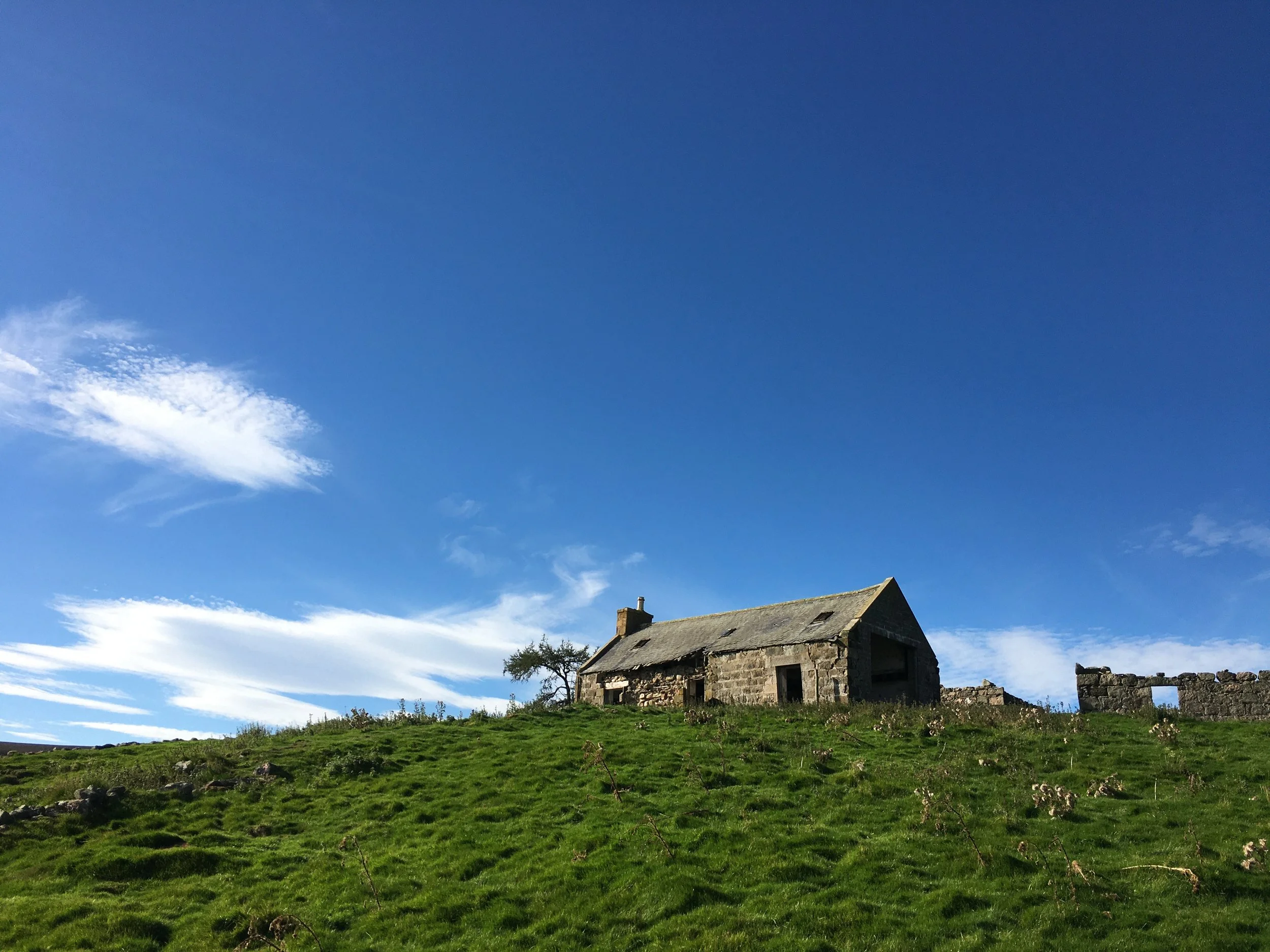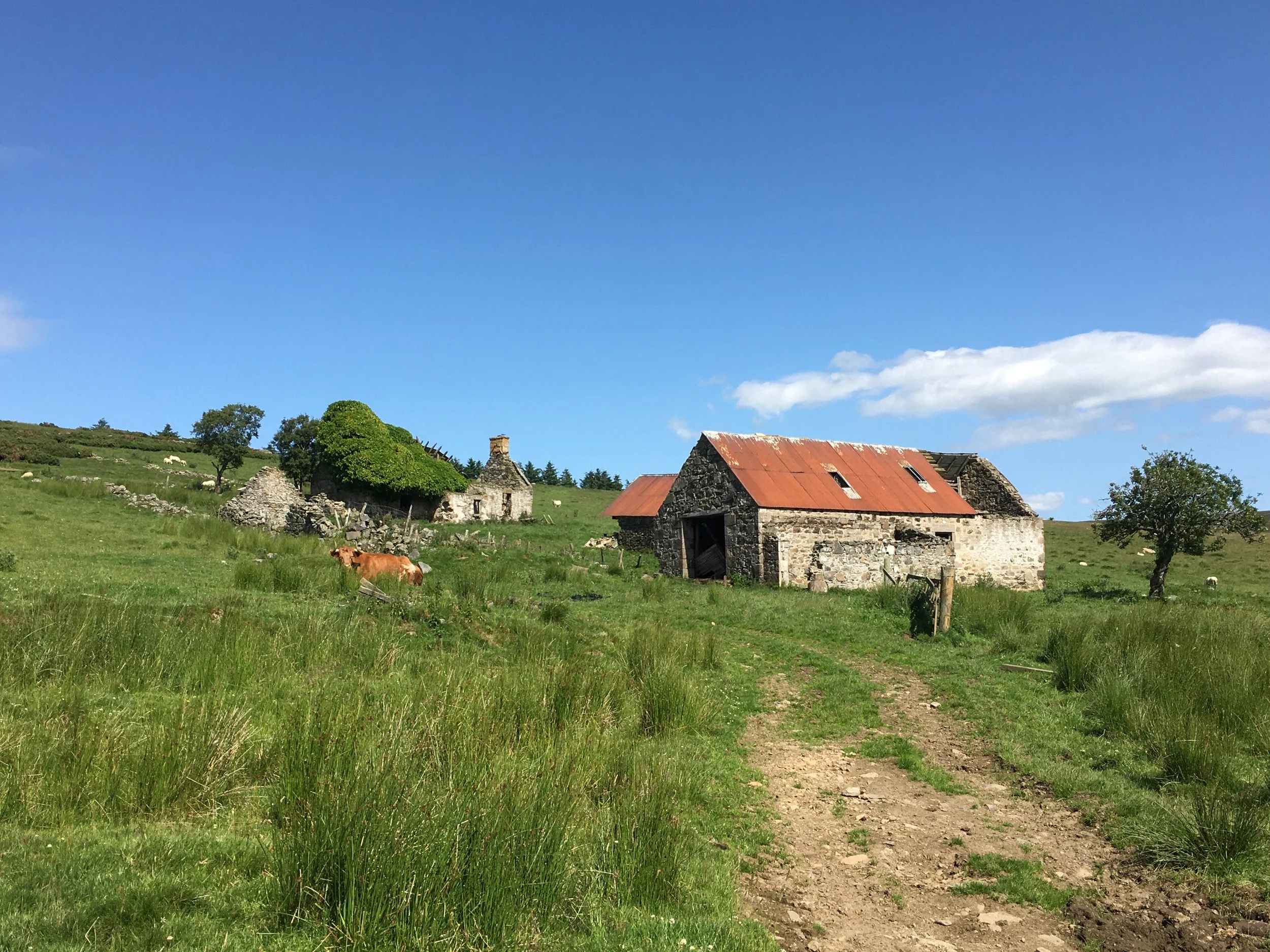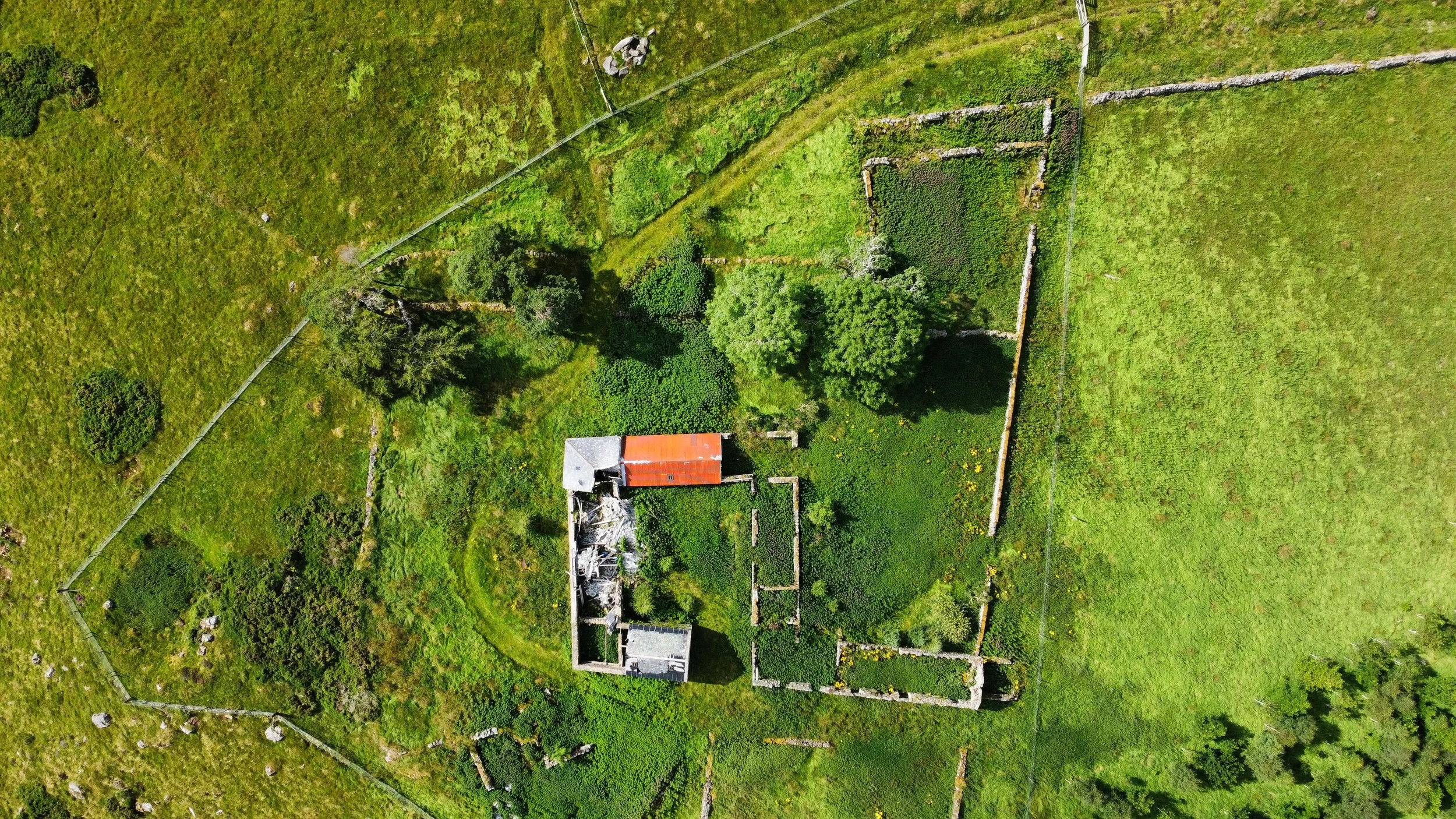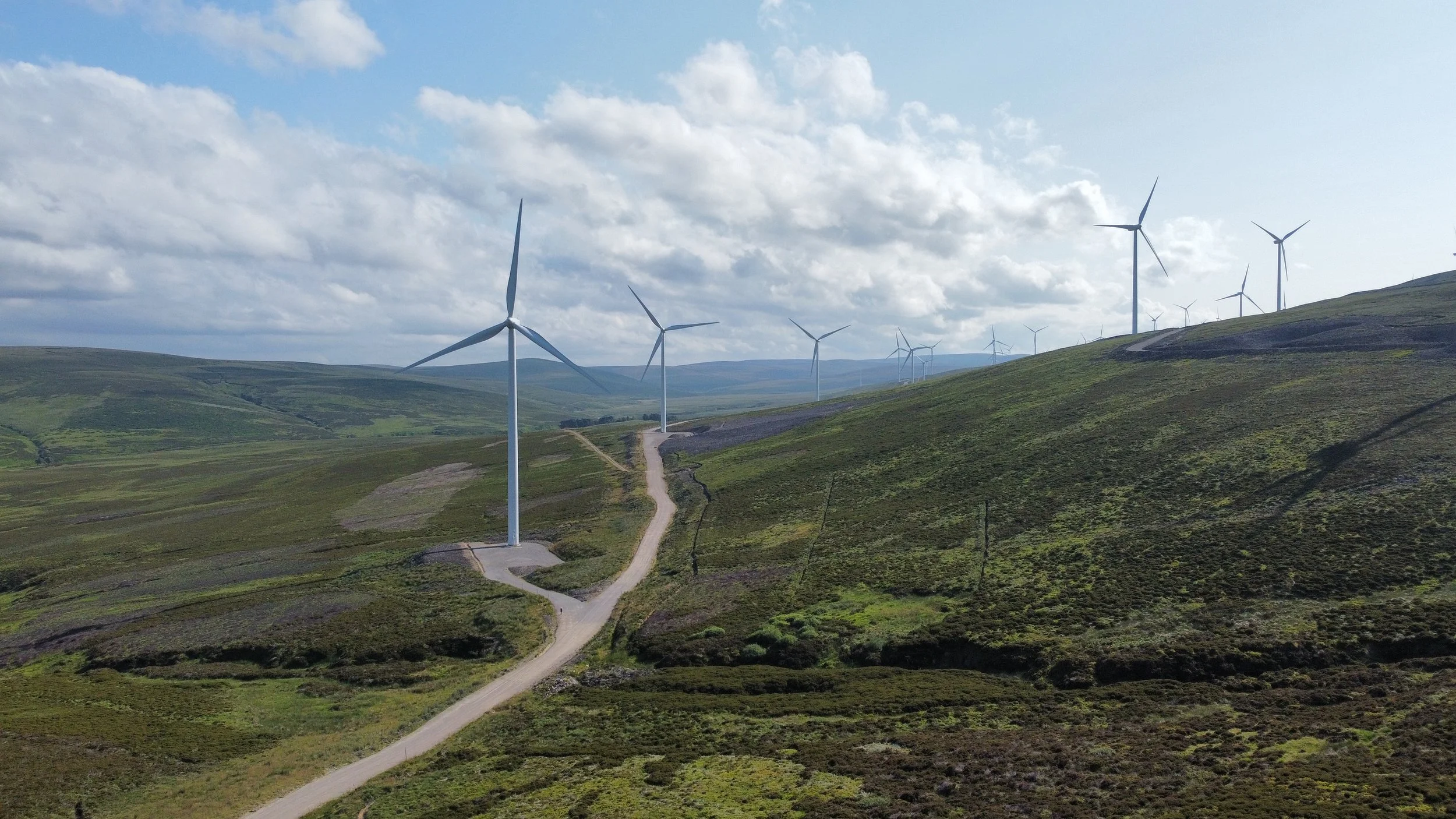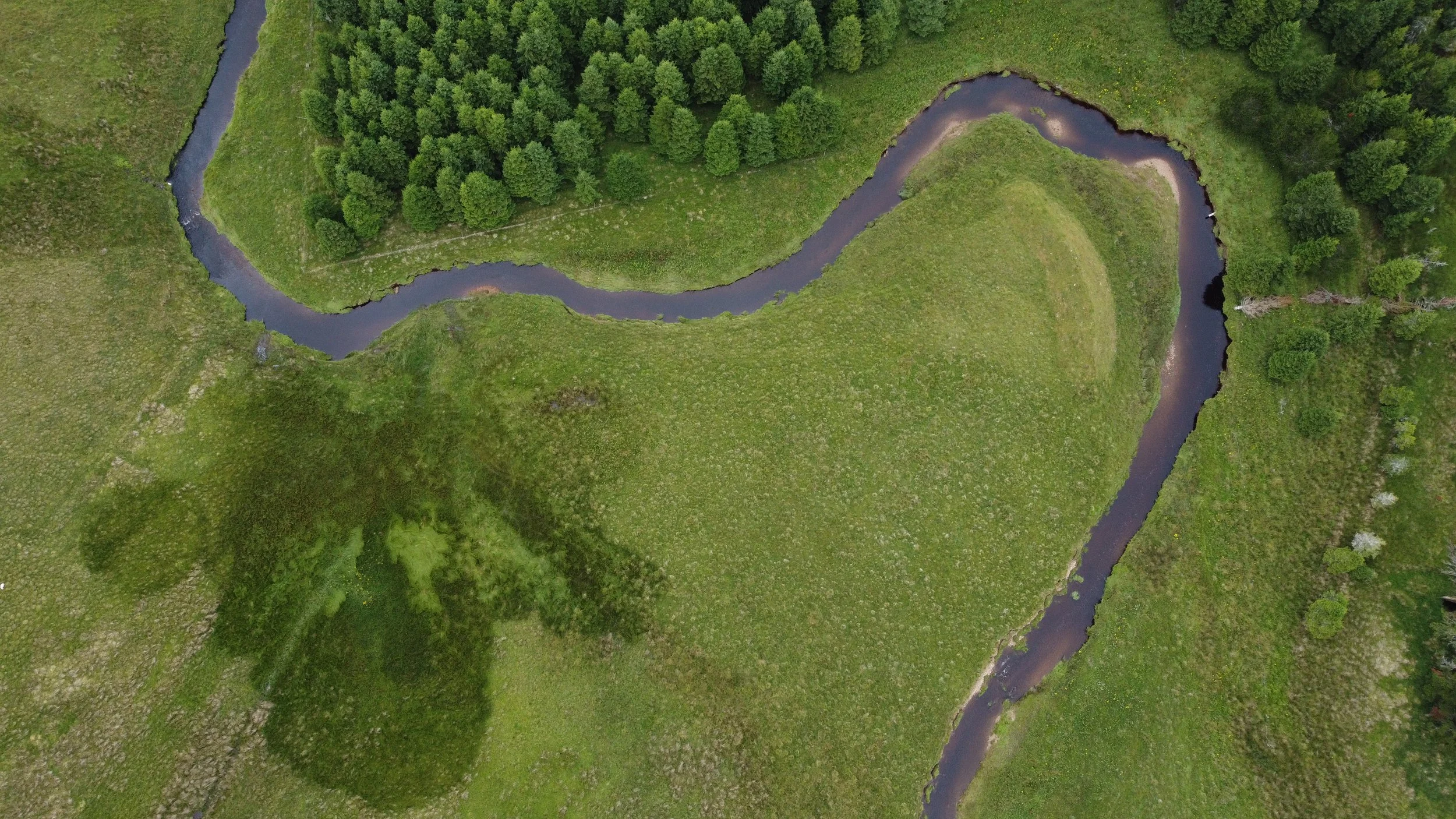
Moray-based artists, Mary Bourne and Lynne Strachan spent the summer of 2021 developing an arts project in The Cabrach. Mary explained, “This was a project born in lockdown. Lynne and I have several decades of experience of making art for public places between us and have worked together before, but we have always designed to other people’s briefs and in places distant from where we live. Lockdown gave us the opportunity to take stock and we decided we would like to write our own brief and work together in a place that has long fascinated us.”
Over the summer they explored the area on foot - alone, together and guided by people with local knowledge. There was a lot of chatting along the way with people they met on their walks, as well as with participants at the events they organised – a silver jewellery workshop, a metal casting workshop and photography and sketching walks. They learned a lot.
The project’s aim is to find ways for people to reconnect with each other through arts activities and to get out and enjoy the stunning scenery and wildlife in the area, reconnecting with nature. At the same time, this exhibition of artwork developed in response to what the artists have learned will promote The Cabrach further afield and encourage people to come and enjoy it.
Lynne said, “The work has been influenced by the materials people have left behind which are slowly being reclaimed by nature, as well as by the personal items that would have carried away when they left. We have been experimenting with fabrics, glass, cast iron, copper and silver to develop works that will hopefully bring renewed attention to areas that have been lost or forgotten. Working with Scottish Sculpture Workshop, Northlands Creative and Vanilla Ink Jewellery Workshop has given us the opportunity to experiment with new materials and learn complex processes from these highly knowledgeable teams.”
THE CABRACH STORY

The Cabrach is a remote depopulated area of desolate beauty situated on the northernmost fringe of the Cairngorms National Park just on the Moray side of the border with Aberdeenshire. Beneath the surface lie the stories of families who lived there, the farms and businesses they ran, the reasons they left and the memories they still hold. Now the coming of wind farms is changing the character of the place – its future is still in flux.
The Statistical Account of Scotland of 1793 states that “The soil is wet, full of swamps, productive enough in provender for cattle; but owing to the frosts, mists, and hoar frost in autumn, the annual produce of grain does not exceed the consumpt of the inhabitants.”
For many years people in the Cabrach supplemented their meagre incomes with the production of illicit whisky, tucking stills away in folds of the hills and no doubt carrying on a brisk trade with the drovers who crossed the area on an important route heading South from the Black Isle. But the legalisation of whisky meant distilleries relocated to more readily accessible places, and the coming of road transport killed the droving trade. More and more people left the area looking for easier lives elsewhere, a drift that was accelerated by the first world war.
At the end of the 1800s it is estimated that 1000 people lived in The Cabrach. It had two schools, two post offices, a mart, a library, smithies, cobblers - all you would need to live your life. Now these are all gone and the estimate is that about 50 people live and work in the area.
All around are the reminders of past lives in the form of empty farmhouses and rusting farm implements, while the wind turbines proliferating on the horizons bring the past and the future face to face.
www.cabrachtrust.org
HOW TO RUN A SUCCESSFUL RURAL ARTS PROJECT?
Join artist Mary Bourne as she talks about the Cabrach Reconnections project in remote upland Moray, and Virginia Hutchison as she shares her project Stories of Radical Landownership in North Lewis. Thanks to Kirsten Body at The Scottish Artists Union for supporting this online talk.

